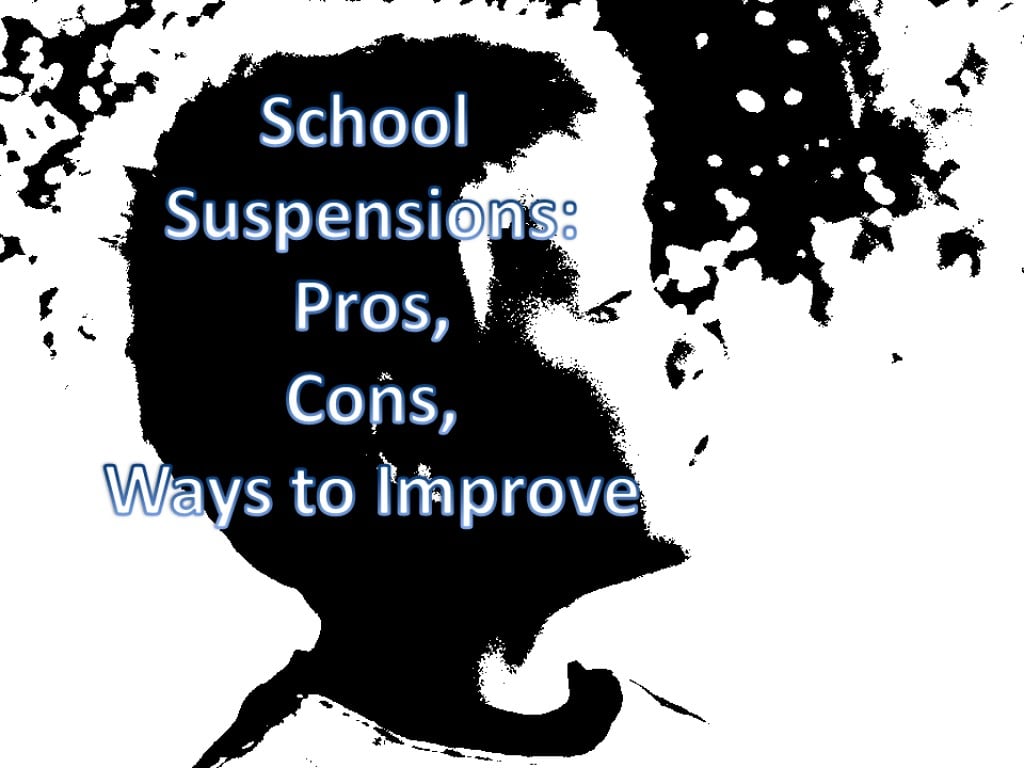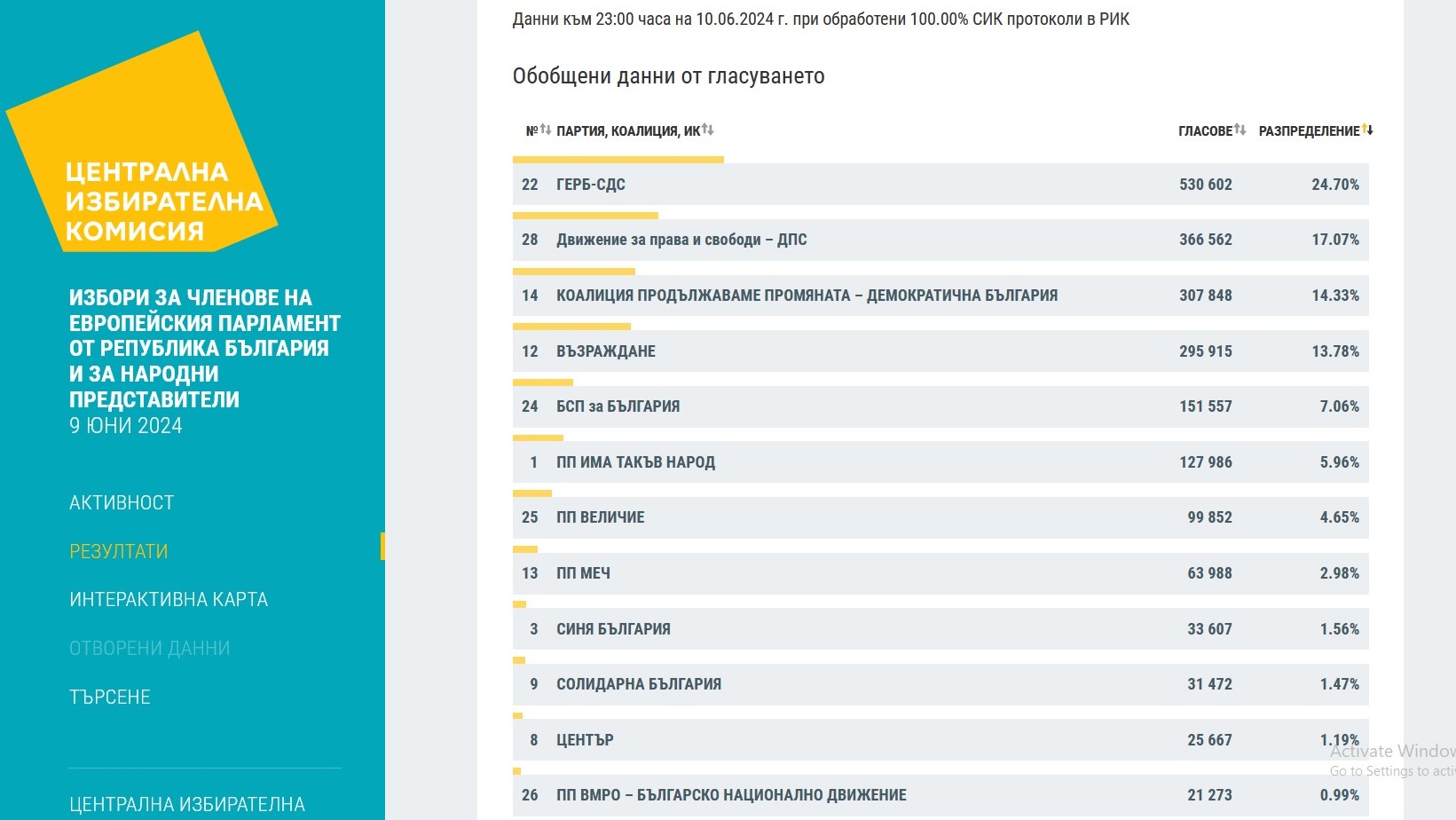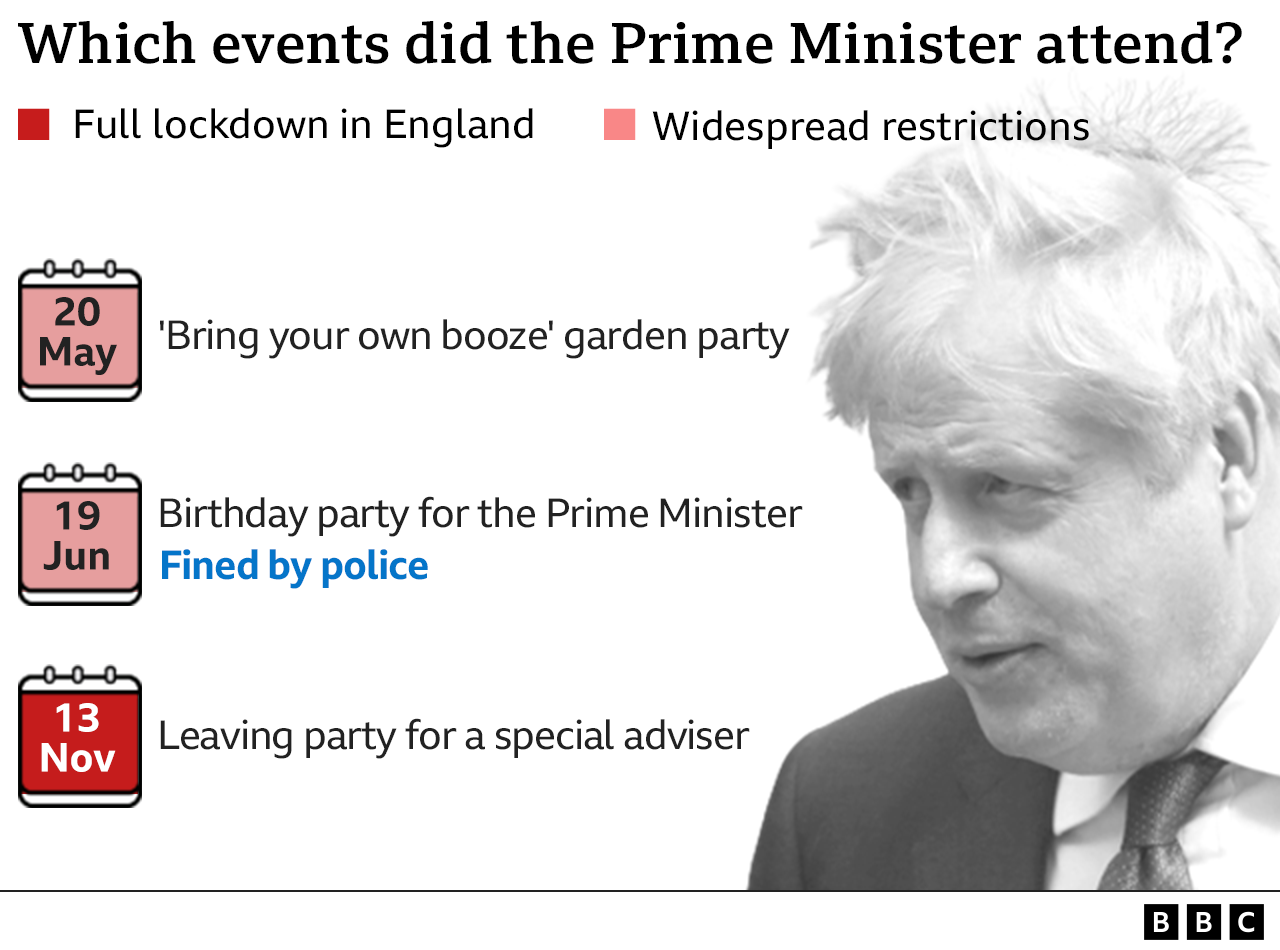The High Cost Of Mental Healthcare And Low Claim Rates: Understanding The Stigma

Table of Contents
The Financial Burden of Mental Healthcare
The financial barriers to accessing mental healthcare are substantial, contributing significantly to the low claim rates. These high costs create a significant deterrent, particularly for individuals lacking adequate insurance coverage.
High Costs of Therapy and Medication
The price of mental healthcare services is steadily increasing. This includes both therapy and medication.
- Therapy: The average cost per therapy session can range from $75 to $200 or more, depending on the therapist's experience, location, and specialization. This rapidly adds up, especially for those requiring multiple sessions per week.
- Medication: Psychiatric medications, while often necessary, can also be expensive. Common medications like antidepressants or anti-anxiety drugs can cost upwards of $100 per month without insurance, with newer medications often even pricier.
- Inpatient Treatment: The cost of inpatient treatment at a mental health facility is exceptionally high, easily reaching tens of thousands of dollars for even a short stay. This cost is often exacerbated by the lack of affordable long-term care options.
- Driving up costs: Specialist fees, lack of insurance coverage for certain evidence-based treatments (like EMDR or ketamine therapy), and the increasing administrative burden on providers all contribute to escalating costs.
Limited Insurance Coverage and High Deductibles
Inadequate insurance coverage poses another significant obstacle. Many insurance plans have limited coverage for mental health services, imposing high deductibles, copays, and out-of-pocket maximums.
- A significant percentage of insurance plans do not cover mental healthcare services adequately, leaving individuals responsible for substantial out-of-pocket expenses. Specific numbers vary by country and plan, but underinsurance is widespread.
- High deductibles – the amount an individual must pay before insurance coverage kicks in – can effectively price mental healthcare out of reach for many. Even with insurance, the costs of therapy and medication can be prohibitive.
- Common out-of-pocket expenses include co-pays for each therapy session, medication costs, and the costs associated with any additional tests or treatments deemed necessary.
The Role of Stigma in Low Claim Rates
The pervasive stigma surrounding mental health is a critical factor driving low claim rates. Fear, misunderstanding, and societal pressures combine to create a significant barrier to care.
Fear of Judgment and Discrimination
Societal stigma creates a climate of fear and judgment that prevents individuals from seeking help.
- Common misconceptions about mental illness persist, often portraying individuals as weak, dangerous, or simply "crazy." This judgment is both explicit and implicit, making it hard for individuals to feel comfortable seeking help.
- The fear of judgment significantly impacts help-seeking behavior. People worry about the potential consequences of revealing their mental health struggles to family, friends, employers, or others. This fear is particularly potent in communities with deeply ingrained stigma.
Difficulty Discussing Mental Health Issues
The stigma makes open communication about mental health incredibly difficult.
- Many individuals struggle to discuss their mental health concerns with family, friends, and healthcare professionals due to shame, embarrassment, or fear of negative reactions.
- This silence and isolation only worsen mental health outcomes. Open communication and access to support are crucial for recovery. Social support is often a major determinant in mental health management.
Lack of Awareness and Education
A lack of public awareness and education about mental health issues significantly contributes to the stigma.
- Increased public awareness campaigns, school programs, and community initiatives are essential to educate the public on mental health conditions, dispelling misconceptions, and promoting help-seeking behavior.
- Destigmatizing mental illness requires open conversations, honest portrayals in media, and educational efforts that emphasize the importance of mental wellness.
Strategies to Improve Access and Reduce Costs
Addressing the high cost of mental healthcare and low claim rates necessitates a multi-pronged approach targeting both financial barriers and societal stigma.
Increasing Insurance Coverage and Affordability
Policy changes are critical to improving access to affordable mental healthcare.
- Implementing and strengthening parity laws – legislation mandating equal coverage for mental and physical healthcare – is a crucial step. Ensuring that insurance plans cover mental health services at the same rate as physical health services is key.
- Expanding access to affordable care options, including leveraging the Affordable Care Act (or similar initiatives in other countries) and government subsidies to lower the cost of mental healthcare, is vital.
Addressing the Stigma Through Public Awareness Campaigns
Combating stigma requires a concerted effort to raise awareness and promote understanding.
- Effective public awareness campaigns can help break down stigma by normalizing conversations about mental health and promoting help-seeking behavior. These initiatives need to be culturally sensitive and relatable.
- Media and social media influencers play a crucial role in shaping public perception and can be powerful advocates for raising awareness and promoting understanding.
Expanding Access to Affordable Mental Healthcare Services
Improving access to affordable and accessible services is paramount.
- Telehealth significantly expands access to care, overcoming geographical barriers and reducing transportation costs. This accessibility is particularly important in underserved rural areas.
- Expanding community mental health centers and collaborating with non-profit organizations can provide affordable and accessible mental healthcare services. Community-based support networks are also essential to recovery.
Conclusion: Addressing the High Cost and Low Claim Rates of Mental Healthcare
The high cost of mental healthcare, coupled with low claim rates, reflects a complex issue rooted in both financial barriers and the pervasive stigma surrounding mental illness. Addressing this requires a two-pronged approach: increasing access to affordable care while simultaneously combating the stigma that prevents individuals from seeking help. By understanding the high cost of mental healthcare and the pervasive stigma surrounding it, we can work together to increase access to affordable and effective care. Let's break the silence and prioritize mental wellbeing. Advocate for policy changes that improve mental healthcare access and affordability, support public awareness campaigns that challenge stigma, and encourage open conversations about mental health. If you or someone you know is struggling, please seek professional help. The first step towards better mental health is often the hardest, but it's also the most important.

Featured Posts
-
 Navigating The Dragons Den Tips For Entrepreneurs
May 02, 2025
Navigating The Dragons Den Tips For Entrepreneurs
May 02, 2025 -
 Are School Suspensions Effective Evaluating The Evidence Of Harm
May 02, 2025
Are School Suspensions Effective Evaluating The Evidence Of Harm
May 02, 2025 -
 1 500 Flight Credit Ponants Incentive For Paul Gauguin Cruise Agents
May 02, 2025
1 500 Flight Credit Ponants Incentive For Paul Gauguin Cruise Agents
May 02, 2025 -
 Doctor Who Actor Criticism Proves The Shows Relevance
May 02, 2025
Doctor Who Actor Criticism Proves The Shows Relevance
May 02, 2025 -
 Fortnite Update 34 30 Release Date Downtime And Patch Notes
May 02, 2025
Fortnite Update 34 30 Release Date Downtime And Patch Notes
May 02, 2025
Latest Posts
-
 Will Boris Johnson Save The Tories Exploring A Potential Return
May 03, 2025
Will Boris Johnson Save The Tories Exploring A Potential Return
May 03, 2025 -
 Lakazet Rekorden Broy Golove I Bitkata Za Vtoroto Myasto Vv Frantsiya
May 03, 2025
Lakazet Rekorden Broy Golove I Bitkata Za Vtoroto Myasto Vv Frantsiya
May 03, 2025 -
 Could Boris Johnson Stage A Political Comeback
May 03, 2025
Could Boris Johnson Stage A Political Comeback
May 03, 2025 -
 157 Iyat Gol Na Lakazet Rekord I Ambitsii Za Lion
May 03, 2025
157 Iyat Gol Na Lakazet Rekord I Ambitsii Za Lion
May 03, 2025 -
 Boris Johnsons Return A Lifeline For The Conservative Party
May 03, 2025
Boris Johnsons Return A Lifeline For The Conservative Party
May 03, 2025
